The Royal Ballet is a company in search of a prince. It has no lack of dancing princesses. You could search the kingdom and find no lovelier dancers than Marianela Nunez, Lauren Cuthbertson, Francesca Hayward, Natalia Osipova, Akane Takada, Sarah Lamb, Laura Morera and Yasmine Naghdi. But a true prince is as rare as a golden egg. Since Sergei Polunin went so energetically awol in 2012, the Royal Ballet has lacked a male principal with all four virtues of the leading man: classic handsome looks, height, faultless technique and some gift as an actor. Polunin had it all. He was dishy, dashing and dangerous. He had a fifth quality, too: seductive, flaring charisma. The company was less without him, and he lost without them.
Edward Watson is unmatchable: dark, fierce, magnetic, but at 42 is a little lined for Romeo. Thiago Soares is powerful, piratically good-looking, but more brave than refined. Steven McRae is a thriller, a fire-cracker, a bolt of electricity, but his lines are compact where they might be long. Ryoichi Hirano and Federico Bonelli give good matinee idol, but their acting is weak and old-fashioned. Alexander Campbell is a neat, springy, joyful dancer, but there is something of the school prefect about him, a touch too alert and self-conscious. Vadim Muntagirov, who was Polunin’s contemporary at the Royal Ballet School, is an almost perfect prince. He dances with extraordinary hummingbird lightness. His evident delight in his art is catching. I would happily watch him dance every role in every performance, but the poor man must have a night off.
Hopes rest, then, on Matthew Ball’s fine shoulders. In Ball, promoted to principal last season, the Royal Ballet may have its hero. In true heroic style, Ball jetéd to the rescue earlier this year when the visiting American David Hallberg was injured dancing Giselle opposite Osipova. Ball arrived at the Opera House by cab and danced Albrecht in the second act to rapturous applause. He ticks every box. An Apollo, certainly. Tall, slender, chiselled and carved. A thoughtful, lyrical dancer. A subtle actor. As for number five: the flash of charm, the unfakeable flare of brilliance… Not there yet. But he’s 24 and audiences will thrill to watch it come.
In Alastair Marriott’s The Unknown Soldier, commissioned to mark the centenary of the Armistice of the first world war, Ball dances Ted Feltham, sweetheart to Yasmine Naghdi’s Florence Billington. They meet, they foxtrot, they kiss… then Ted is marched to France and never marches back. Marriott’s elegant storytelling is ill served by an over-engineered production. The set by Es Devlin is a fussy, yet stark arrangement of screens, video and projections. Filmed footage of the grey-haired Florence and of Harry Patch, the oldest surviving veteran until his death in 2009, is moving, but it distracts from the stage and takes authority from Ball and Naghdi. Let them tell the tale. Wayne McGregor’s adaptation of Virginia Woolf’s Mrs Dalloway, which premièred at the Royal Ballet in 2015, told Septimus Warren Smith’s shell-shocked story with admirable grace and economy. No audiovisual nonsense.
The costumes, by Jonathan Howells, are simple and lovely. The dresses worn by Naghdi and the corps in the early dance-hall scene turn the stage into a painting by Winifred Knights. When Ball meets Nagdhi on the floor it is with gaiety and confidence. She is all lissom sweetness; he care and concentration. Together they tenderly evoke the hope of young love. Naghdi still has a tendency to hurry. She wants just a moment’s repose between each pirouette and lift. Compare Naghdi with Nunez who after a moment of triumph allows herself a smile of serene composure, as if to say: ‘Did you doubt I could do it?’ In the aftermath scene, Ball’s dancing takes on a raw, traumatised edge. It might be the role, it might be confidence, but on opening night he fell just short of the final fifth prize. Still, four out of five ain’t bad.
Wayne McGregor’s Infra, first performed in 2008, is the second in this triple bill. This is dot, dot, dash dancing to a Morse-code soundtrack. The intricate, interlocking rhythms of the six couples are arresting, but painful. The wincing extensions and splits are jagged and jarring, more agonised than elegant. Third is George Balanchine’s Symphony in C, first danced in 1947 under the title Le Palais de Cristal. This is a radiant showcase for the crystalline charms of Nunez, Cuthbertson, Takada and Naghdi. They glint, they shimmer, they outshine the boys. Sublime.
Got something to add? Join the discussion and comment below.
Get 10 issues for just $10
Subscribe to The Spectator Australia today for the next 10 magazine issues, plus full online access, for just $10.
You might disagree with half of it, but you’ll enjoy reading all of it. Try your first month for free, then just $2 a week for the remainder of your first year.


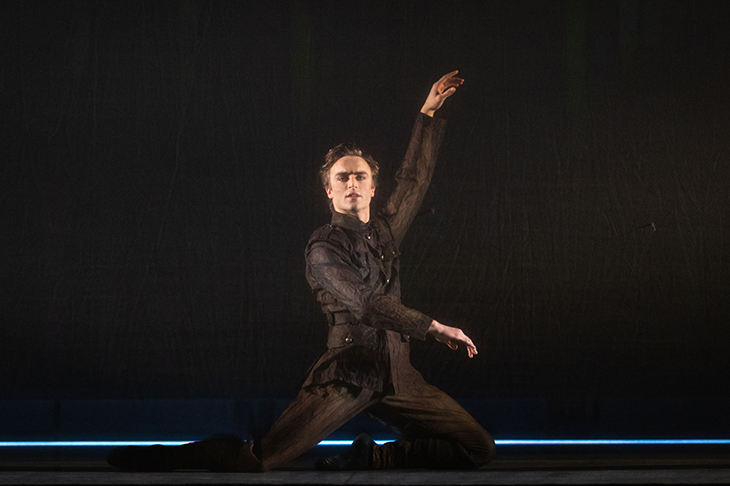
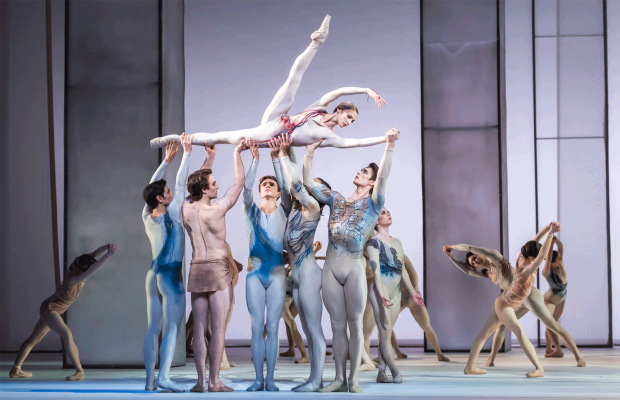
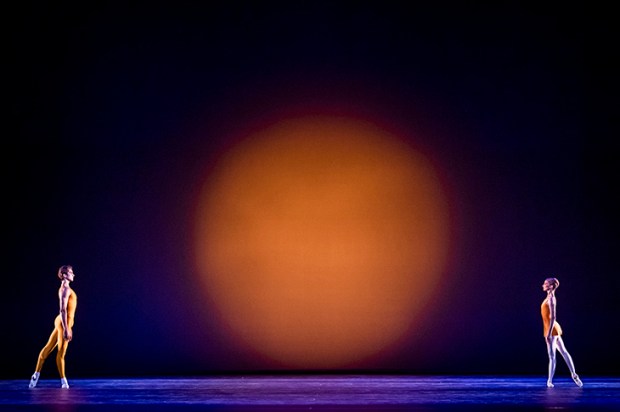
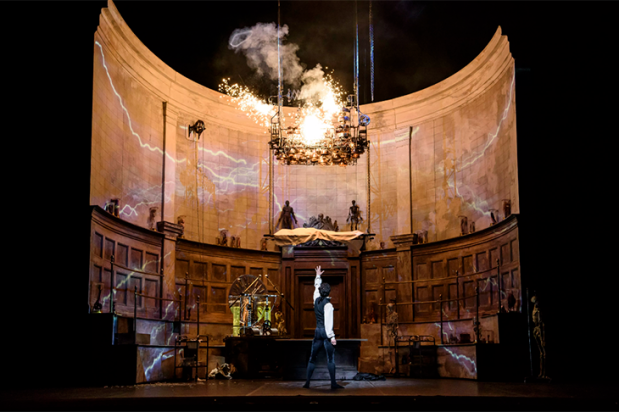
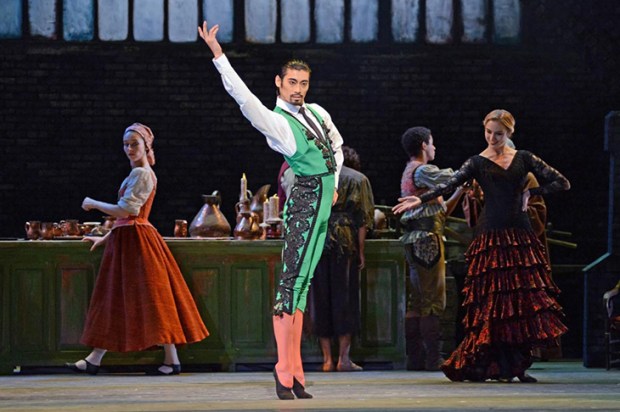
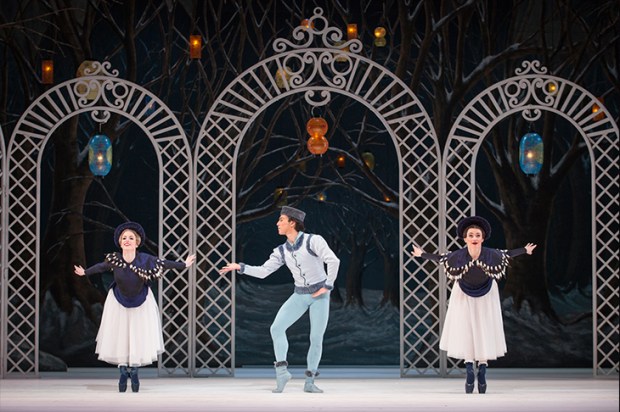
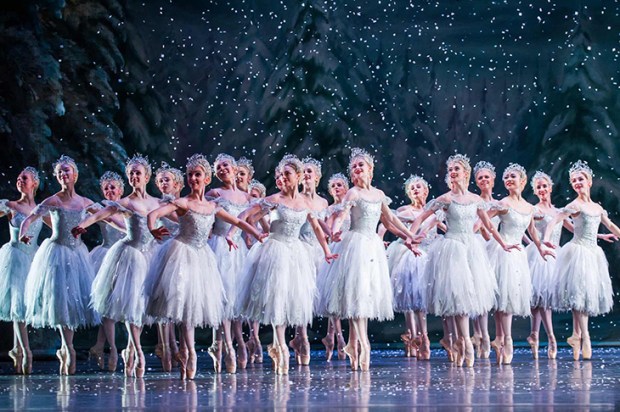






Comments
Don't miss out
Join the conversation with other Spectator Australia readers. Subscribe to leave a comment.
SUBSCRIBEAlready a subscriber? Log in